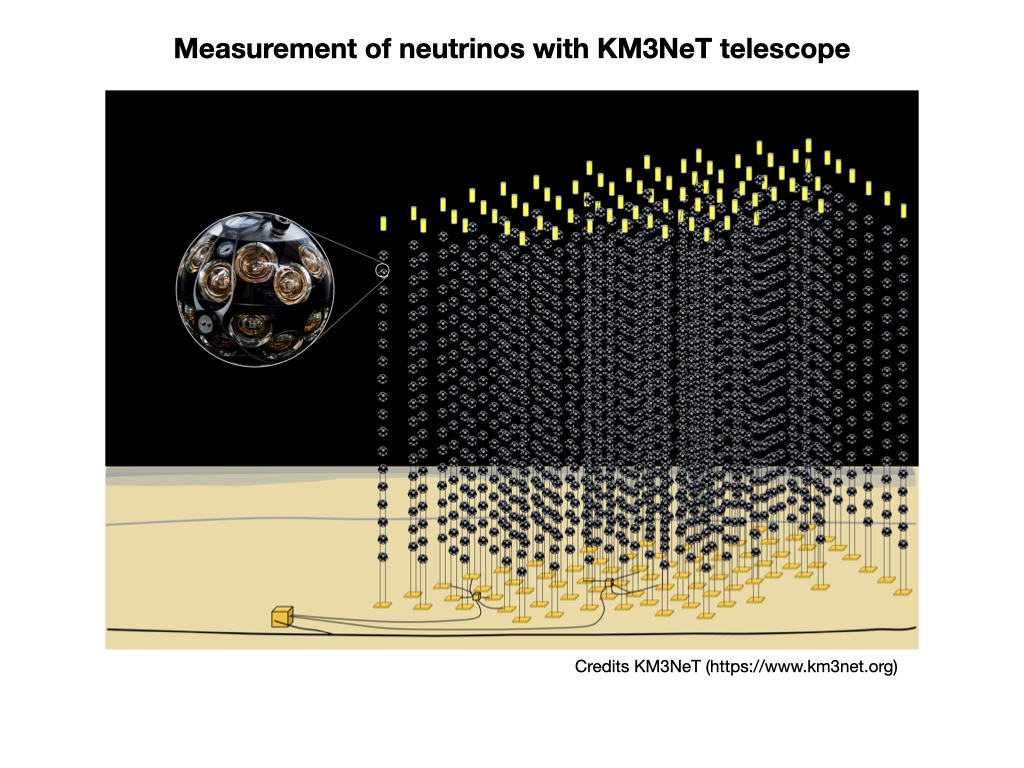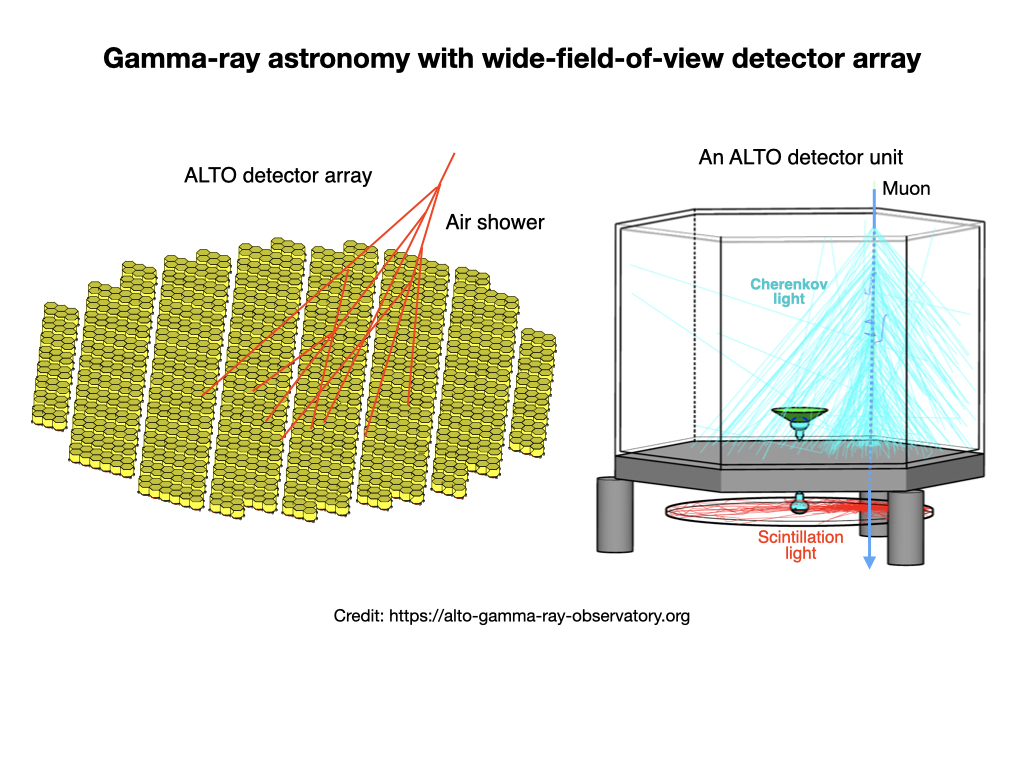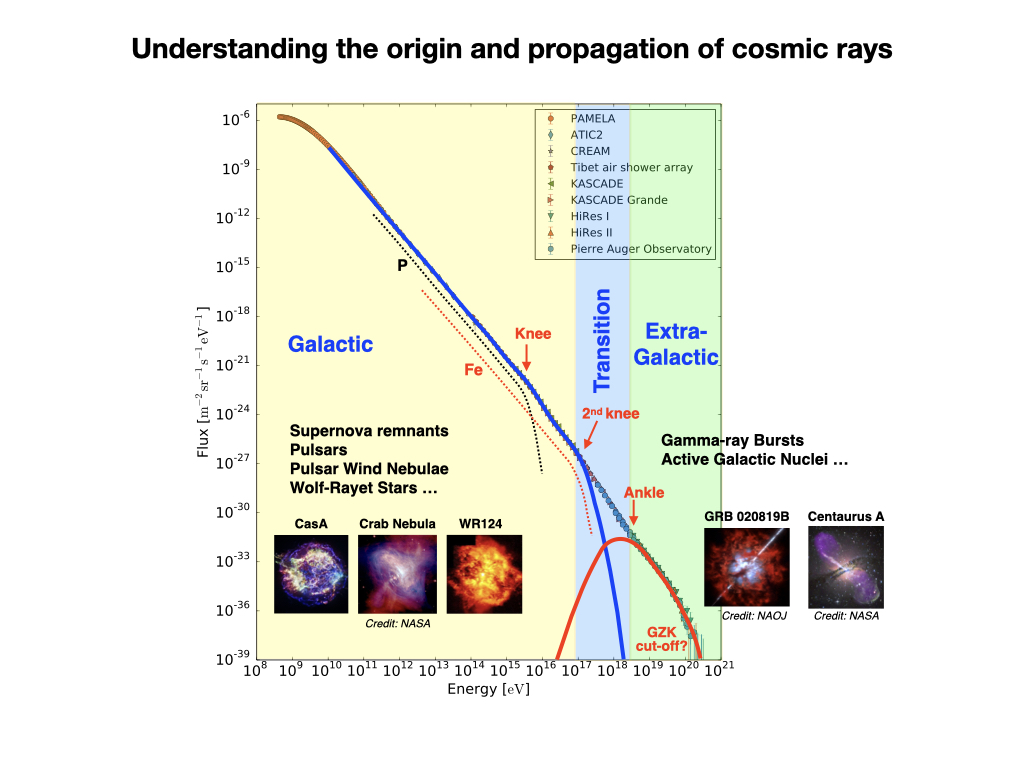Dr. Satyendra Thoudam is an Assistant Professor at the Department of Physics at Khalifa University, Abu Dhabi. He work on Astrophysics and Astroparticle Physics, both theory and experiment related to cosmic rays, high-energy gamma rays and Astrophysical Neutrinos. He is currently a member of the LOFAR, ALTO and KM3NeT collaborations.
Dr. Thoudam completed his PhD in 2012 from the Department of Astrophysics, Radboud University Nijmegen in the Netherlands where he continued to work as a Postdoctoral Researcher until 2015. His main research in the Netherlands was the measurement of cosmic rays with the LOFAR radio telescope. During his PhD, he developed the LORA particle detector array as a part of the LOFAR cosmic-ray project.
From mid-2015 to 2018, he held a second Postdoctoral Position at Linnaeus University, Växjö, Sweden where he was involved in the development and Monte-Carlo simulation of the proposed ALTO gamma-ray observatory in the Southern Hemisphere.
Before moving to the Netherlands, he held a regular position as Scientist Officer at the Astrophysical Sciences Division, Bhabha Atomic Research Centre, Mumbai, India from 2002 to 2008 during which he researched on gamma-ray astronomy with the TACTIC and MACE Cherenkov telescopes. Over the years, Dr. Thoudam has developed advanced data analysis, simulation and data acquisition software for different Astroparticle Physics experiments, and gained expertise on advanced particle physics software tools such as GEANT4, CORSIKA and ROOT.
Besides the experimental activities, Dr. Thoudam has also worked extensively on theoretical studies related to acceleration and propagation of cosmic rays in the Galaxy, and investigate various new problems about cosmic rays revealed by high-precision new-generation experiments.

Cosmic-ray measurements with LOFAR radio telescope
This research involves measurement of cosmic rays with the LOFAR radio telescope in the Netherlands. High-energy cosmic rays generate air showers when they interact with the Earth’s atmosphere which primarily consist of electrons, positrons, gammas and a small fraction of muons. The electrons and positrons produce radio emission which are detected using the LOFAR antennas. Cosmic rays with energies above around 10^17 eV are detected using this method. More information on the LOFAR webpage: http://www.lofar.org

Neutrino measurements with KM3NeT telescope
KM3NeT is a next generation neutrino telescope currently being built in the Mediterranean sea. The telescope, which will consist of thousands of light sensitive devices distributed over several cubic kilometers of sea water volume, will be capable of measuring neutrinos produced from astrophysical sources and those produced in the Earth's atmosphere. Details can be found in https://www.km3net.org

Wide-field-of-view gamma-ray astronomy
ALTO is an air shower array proposed for high-energy gamma-ray astronomy in the Southern Hemisphere. The detector system will consists of water Cherenkov detectors and/or liquid scintillators that are sensitive to air showers generated by high-energy gamma rays in the atmosphere. ALTO is expected to detect gamma rays above around 200 GeV. Please visit the ALTO webpage for details about the project: https://alto-gamma-ray-observatory.org

Understanding the origin and propagation of cosmic rays
This involves theoretical studies to understand how cosmic rays are produced in our Galaxy and other external galaxies, and how they propagate in the interstellar/intergalactic medium. Models are developed based on high-precision data available from current generation experiments.